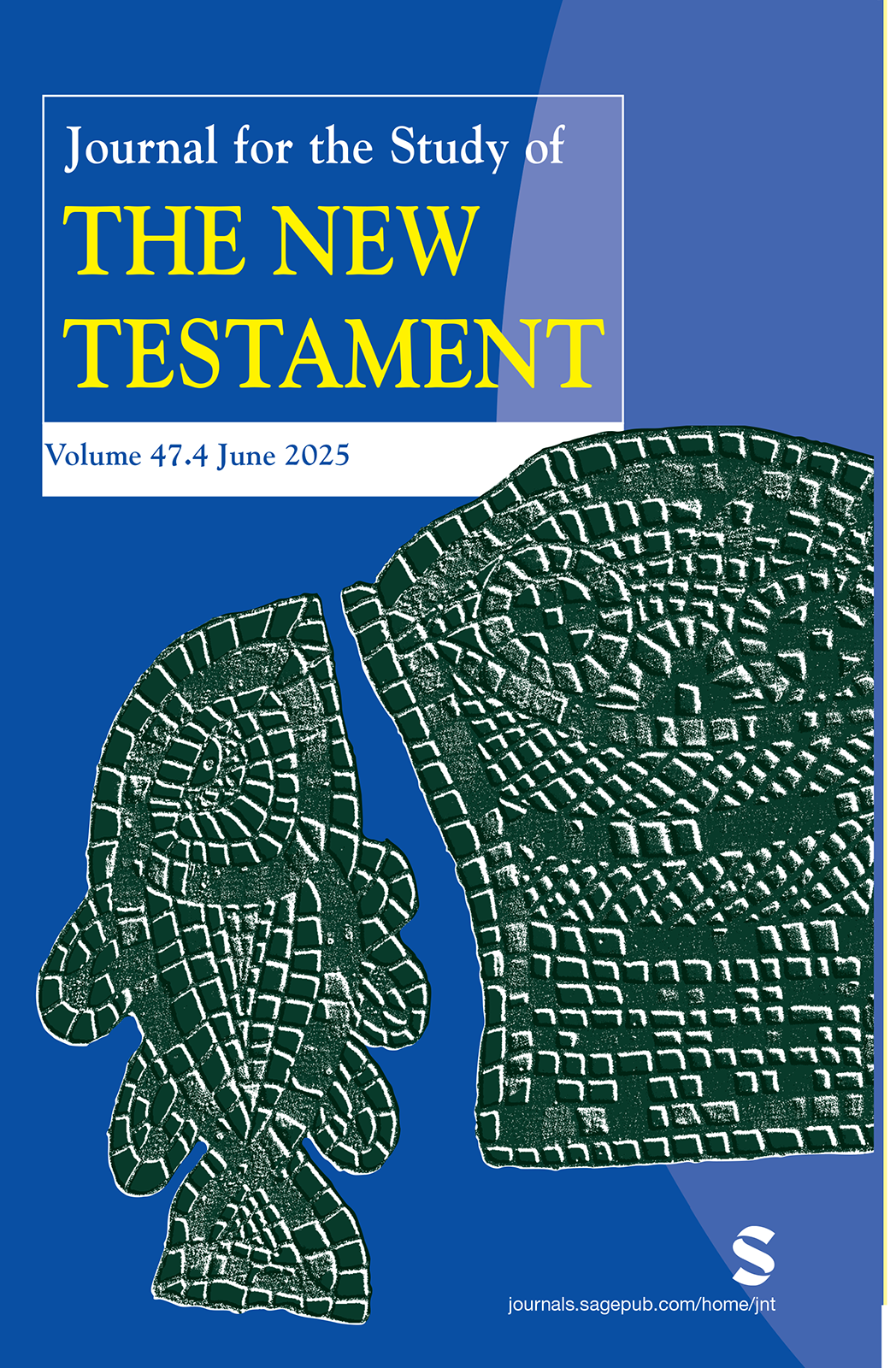https://doi.org/10.1177/0142064X241303439
학자들은 바울이 메시아를 명시적으로 '신'이라 칭했는지에 대해 계속 논쟁하지만, 그가 메시아를 '신의 형상(이미지)'이라고 불렀다는 점(고후 4:4)에는 의문의 여지가 없다. 그럼에도 불구하고, 기존의 비교 연구들은 주로 바울의 메시아를 유대교의 신을 포함한 고대 지중해의 '신들' 자체와 비교해왔다. 반면, 바울의 도상학적 주장에 더 직접적인 비교 대상이라 할 수 있는 고대 지중해의 '신들의 이미지(신상)'는 제대로 고려되지 않는 경향이 있었다. 본 논문은 바울의 신, 즉 유대교의 신이 여러 지중해 신들 중 하나였다는 것을 전제로, 바울의 메시아를 여러 지중해 '제의상(cult image)' 중 하나로 재기술한다. 신을 현현시키는 물질적 매체로서의 '신상' 개념을 통해 신과 그 이미지의 관계, 즉 신성과 물질성의 관계를 탐구한다. 이를 통해 바울 서신에서 논란이 되어 온 유대교의 신과 그의 기독론적 형상(christological image) 사이의 관계를 새롭게 조명하고자 한다.
While scholars continue to debate whether Paul ever explicitly called the messiah a god, there can be no question that he called the messiah an image of a god (2 Cor. 4.4). Even so, there has been no shortage of comparative studies that situate Paul’s messiah among ancient Mediterranean gods, including the Jewish god himself, whereas what is arguably more proximate comparanda for Paul’s iconic claims tend not to be taken into consideration, namely, ancient Mediterranean images of gods. Taking for granted that Paul’s god—the Jewish god—was a Mediterranean god among others, in this article I redescribe Paul’s messiah as a Mediterranean cult image among others. By exploring the relation between gods and their images, between divinity and materiality, with images of gods as material media that make present the gods they image, new light is cast on the debated relation between the Jewish god and his christological image in Paul’s letters.





